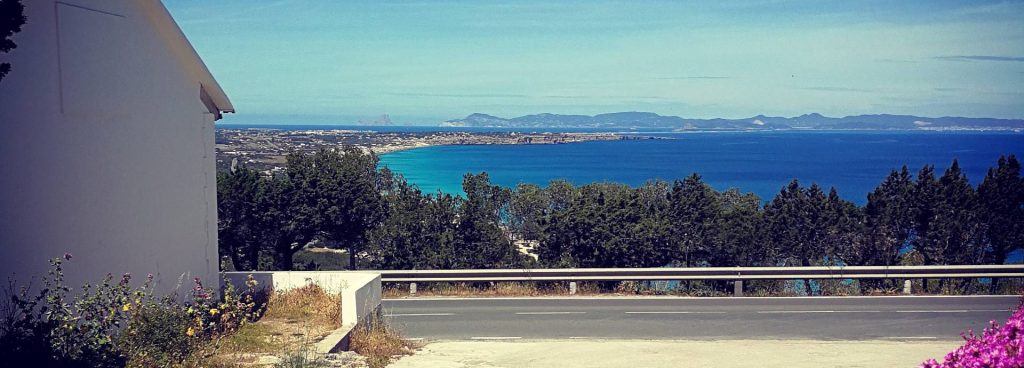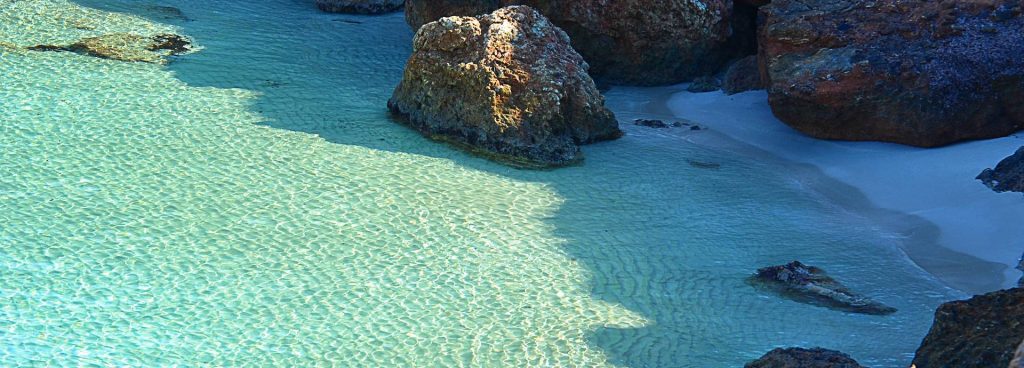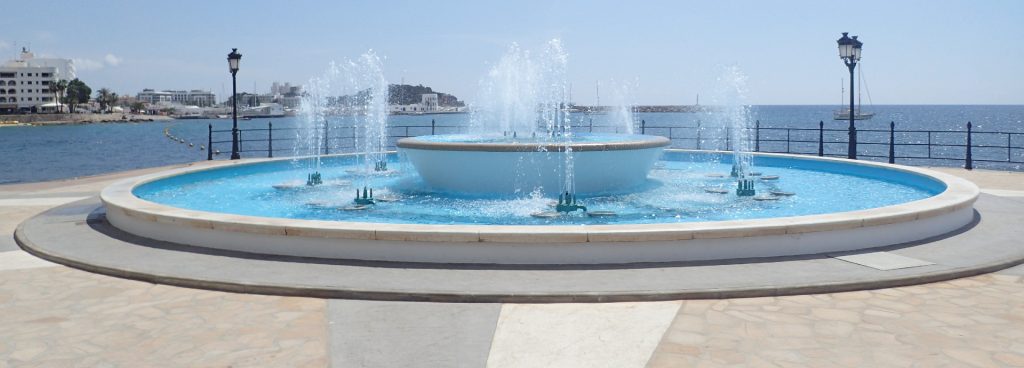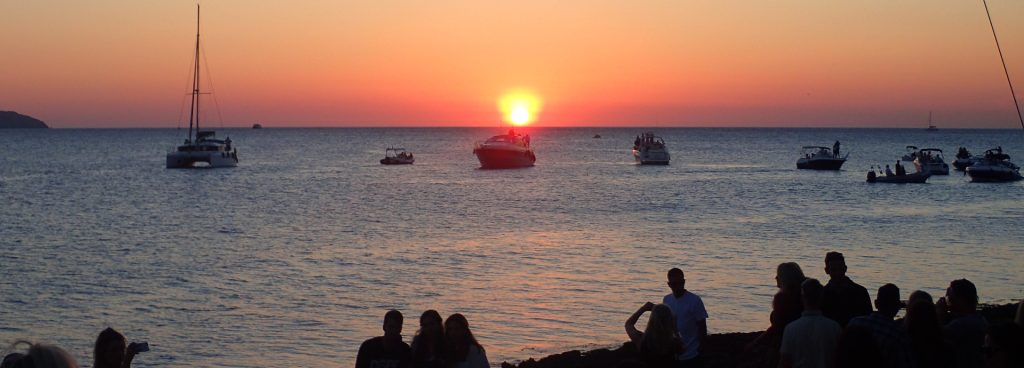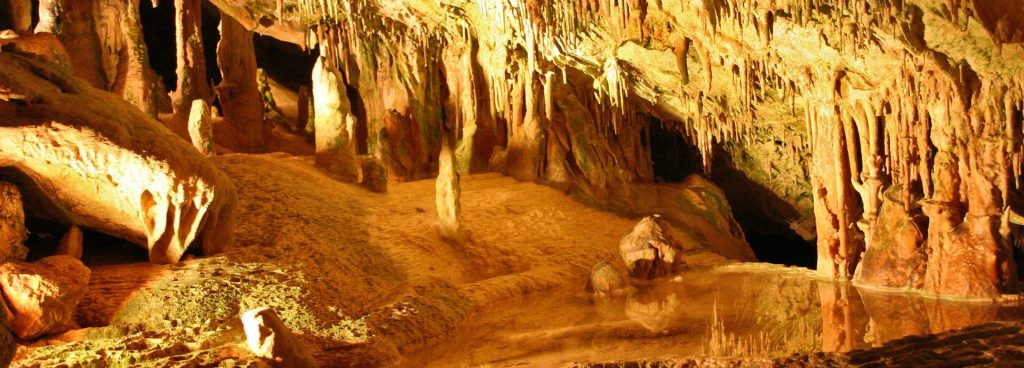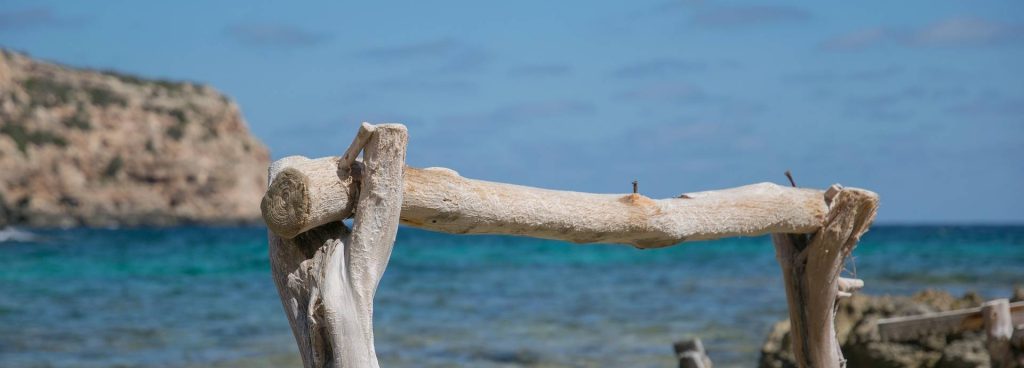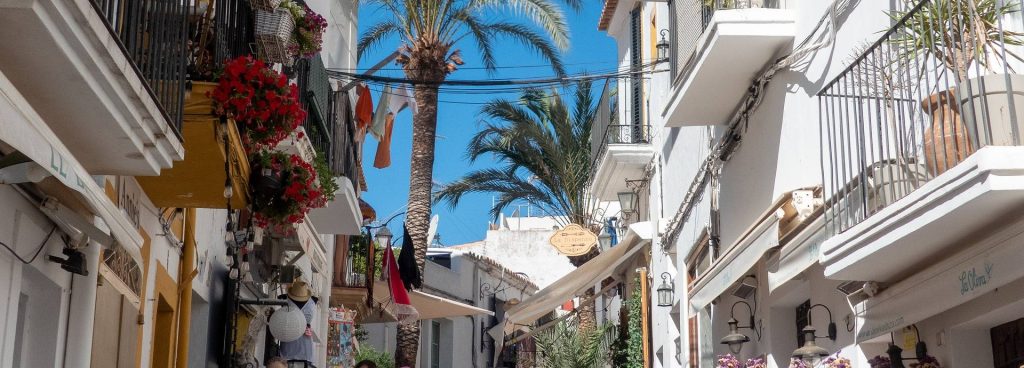Island with an interesting history
Formentera, the fourth largest of the Balearic Islands, is separated from Ibiza by the approximately 7 km wide Es Freus channel. With a width of up to 17 km and a length of approx. 20 km, the island covers an area of approx. 82 km². The distance from the port of La Savina to the port of Ibiza is exactly 11 nautical miles, to the mainland about 95 nautical miles.
There are many legends about the origin of the name Formentera. One of the stories is that Formentera was derived from the Latin word for wheat, frumentaria. The Romans allegedly gave the island this name because it was considered the granary of the Roman Empire because of the wheat cultivation. Another variant is derived from the Latin word Promontoria, which means hills or mountains.
The Balearic Islands, like the mainland, were settled by the Arabs for about three centuries. Over the centuries, Formentera was visited by several other peoples - Phoenicians, Cartagians, Romans, Vandals and Byzantines.
In 1974 the megalithic tomb Cana Costa was found near Es Pujols. So it was clear that the island was already 1.500 to 2.000 BC. Was populated. It was inhabited until the middle or end of the 14th century. The reason for the subsequent depopulation was the plague, which killed over 20 million people in Europe. The increasing piracy in the Mediterranean area also meant that it was a while before this small island was repopulated.
The Ibizan Marc Ferrer became the first resident of Formentera in 300 after almost 1695 years. The population rose from the beginning of the 18th century to around 2.260 people. From 1850 to 1914, many Formenterians emigrated to Central and South America. Not all came back because many looked for and found happiness overseas.


